A Talk with Expert, Agnes Kubiak
by Agnes Kubiak, Chief Creative Director at Consult-Trends AgencyNovember 2021

We sat down with Agnes Kubiak, fashion trend and consumer behavior expert, to talk about the pandemic and post-pandemic world of fashion and retail trends.
As the world moves into post-pandemic mode, we have the opportunity to (finally) take a breath and analyze the new “normal.” And that normal has come with sweeping changes to eCommerce, fashion, and the customer mindset as we know it.
What was lurking beneath the surface pre-pandemic has come to fruition. From digitization to sustainability, these patterns were emerging before COVID-19. But, the pandemic created a catalyst to shift the fashion industry and customers into the future. We’ll explain in more detail below.
According to Agnes, these are the pandemic trends that we’ve seen...with a glimpse into the future.
Get a free 30-min demo and 1-on-1 consultation.
Based on the SS22 runways, the world is ready to move away from pajamas and sweatpants. As a response to the months spent in lockdown, fashion is moving towards bright, form-fitted clothing as a celebration for our newfound freedom.
Expect to see powerful colors that are expressive and cut-outs, bralettes, and bodycons as the world moves outdoors. Sheers, glitters, metallics, and feathers--all associated with freedom of expression--are expected to dominate next year.
While the pandemic was unprecedented, we can see a similar trend during the economic crisis in the 1980s: dull colors were in style during the crisis, and after its resolution, fashion answered with gold earrings, big jewels, and bright, playful colors.
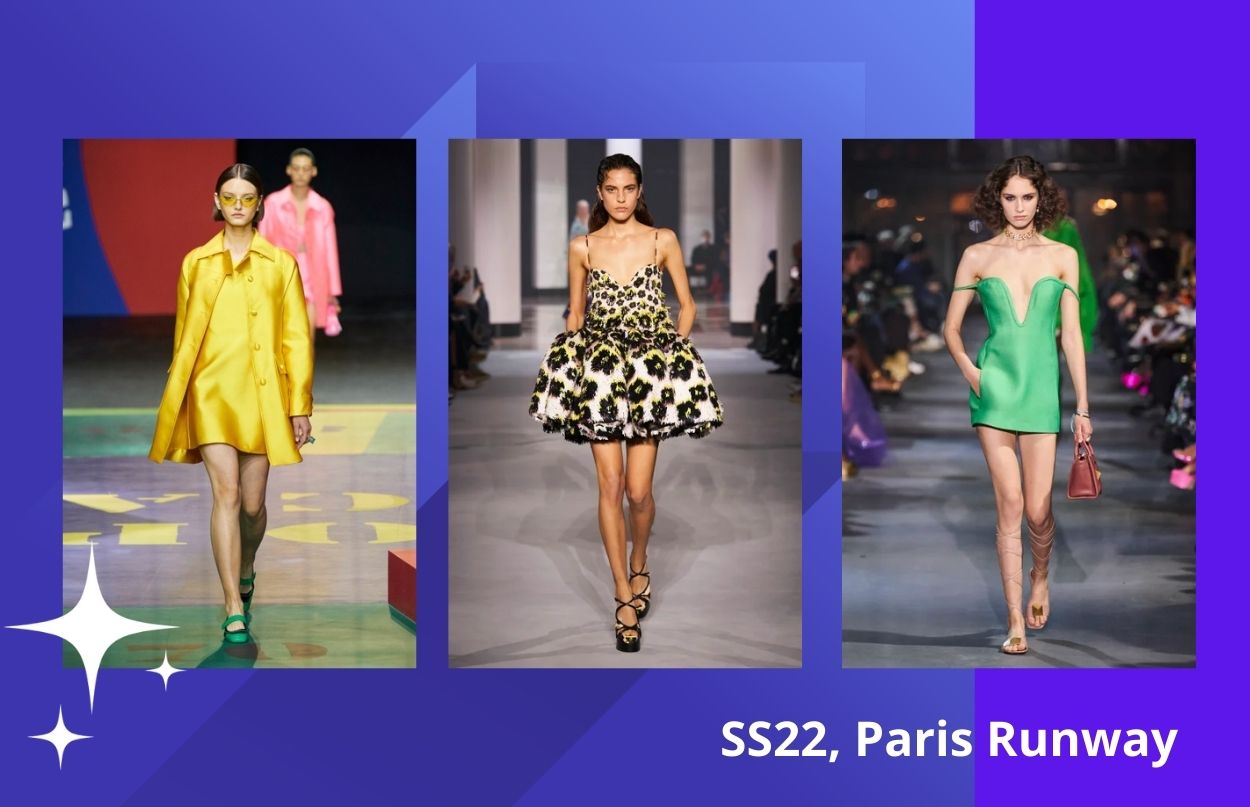
Pre-pandemic, GenZ valued authenticity as a leading factor in determining whether to shop at a specific brand. Those values, seen as GenZ-specific a few years ago, are now the values of everyone--GenZ is clearly the trendsetter when it comes to ethically minded shopping.
The overall trend for fashion is moving towards sustainable, ethical consumption. Secondhand stores are rising in popularity. Over half of us bought less clothing during the pandemic--and 50% intend to continue the pattern of consuming less, by mending our own clothing, shopping less, and buying from second hand stores.
What’s driving consumers to purchase less? Value. Shoppers want to make purchases that spark joy and feel meaningful (while many shoppers are still living on reduced income). The overall mindset of the consumer has changed since the pandemic, with 20% of shoppers in the US researching brands before purchasing.
People are also looking at the fashion industry within an ethical and social responsibility lens, particularly when it comes to the manufacturing and production of goods. Better pay, job security, and improved working conditions for garment workers are part of the conversation.
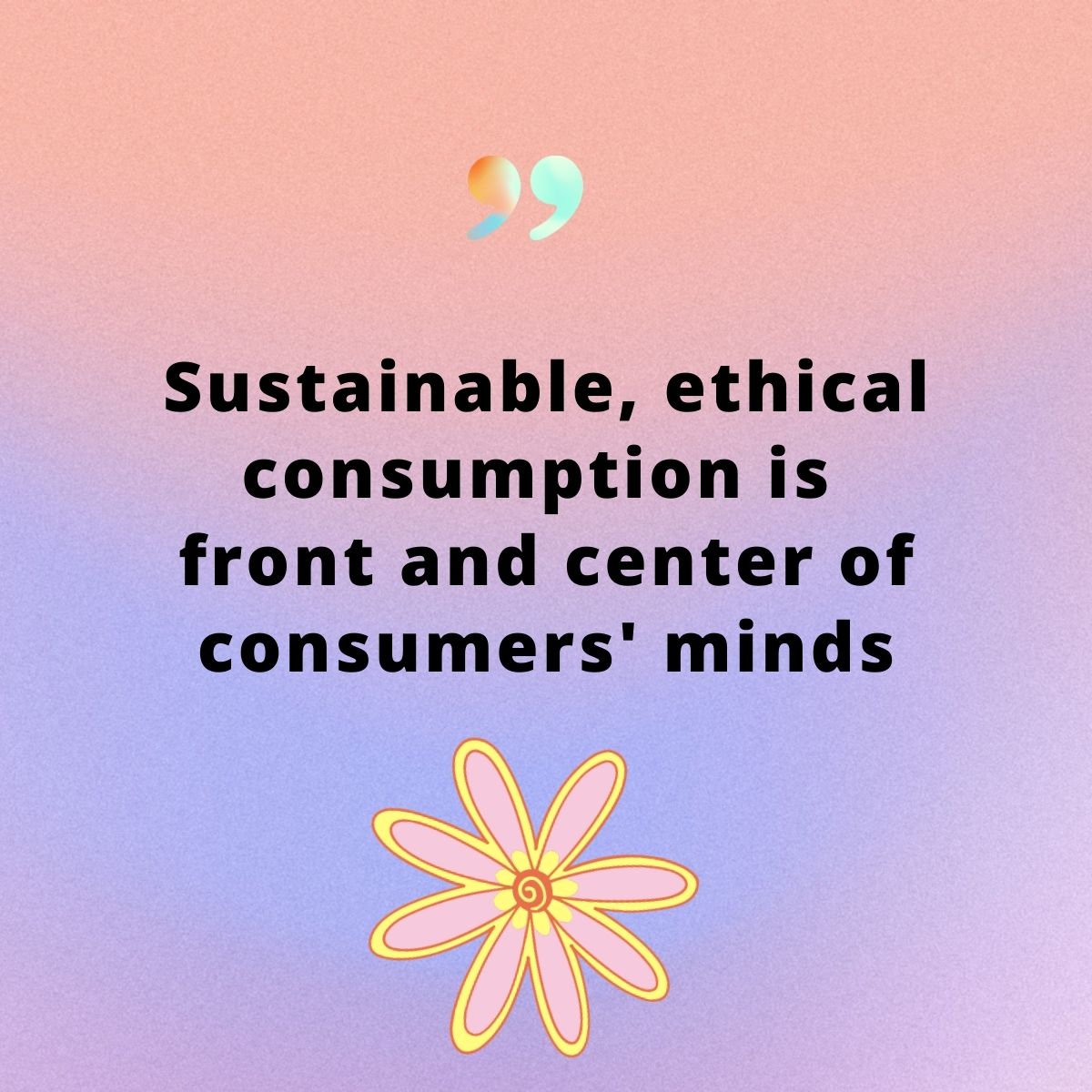
In 2022, expect to see more value-driven shoppers, and as brands adjust to the new mindset, more storytelling around the clothing.
During the pandemic, customers and retailers alike were thrown headfirst into a whole new digital world, fostering digital sophistication among customers, as even the least tech savvy customers learned to use technology to shop, connect with loved ones, and stay engaged. With newfound digital sophistication, customers began to demand more from retailers, expecting highly dynamic shopping experiences, personalized to their needs.
Digitally sophisticated secondhand
And, while the shift towards sustainability and secondhand clothing may conjure images of waiting in line to browse band t-shirts at your local thrift shop, digital technologies are also changing the way customers are shopping for secondhand clothing (and clothing in general).
For example, resale platforms such as Depop and Vinted have seen surges in their sales—and more brands are considering adding secondhand or repair services to their offerings in 2022.
The way we shop has changed
Although not quite fully formed, the pandemic has resulted in the acceleration of livestream shopping. Influencers on TikTok are eager to show off their clothing hauls, but aren't as eager to sell. Brands will need to learn how to promote themselves on TikTok without being disingenuous.
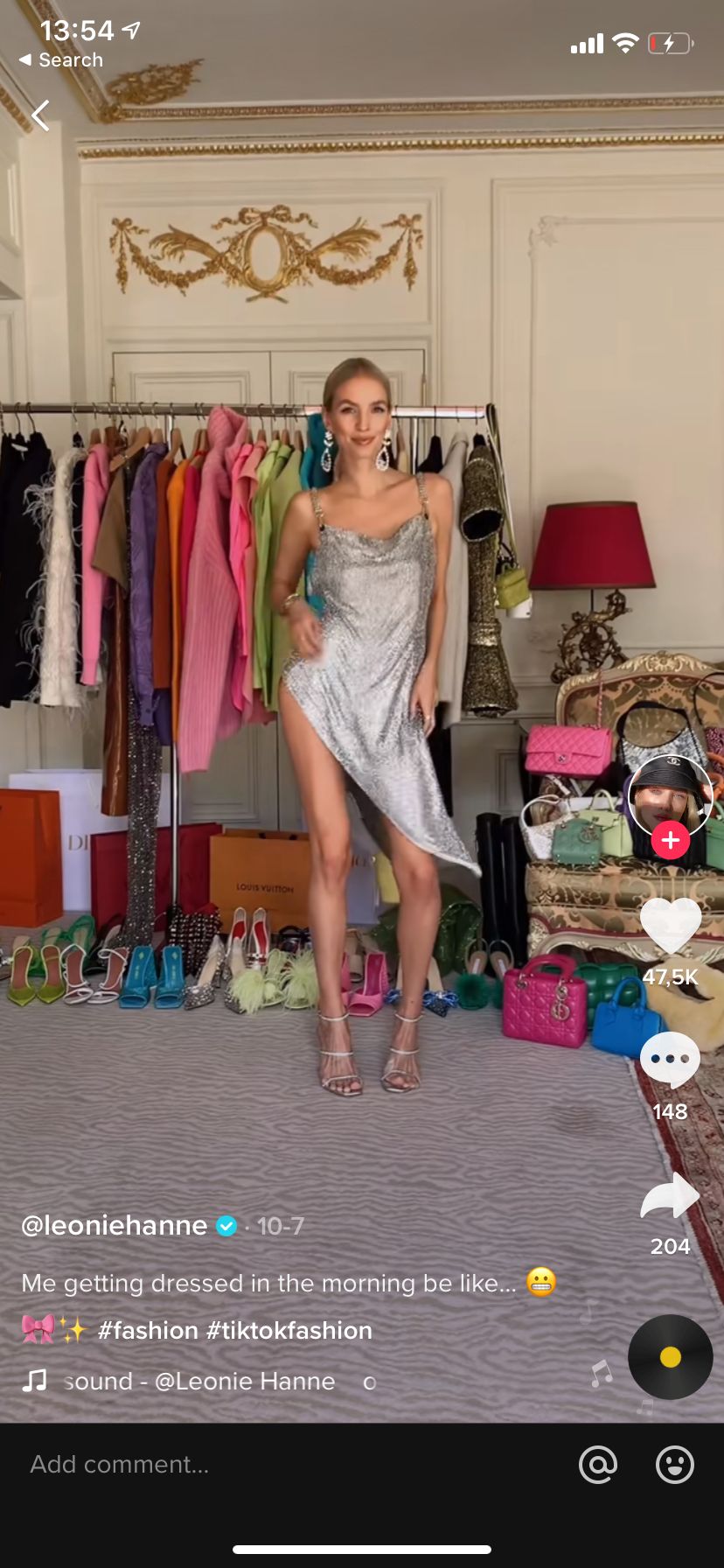
With digital sophistication also came a seismic shift in customer loyalty. The pandemic catalyzed customers to explore new brands during lockdown. And, over 75% of US shoppers changed their shopping behaviors and the same number plan to continue their new, digital-first behavior.
Digital and physical worlds are colliding in fashion
Influencers are now wearing digital versions of physical clothes as the digital and physical worlds merge. While there's still a lot of development ahead in this space, there's a clear trend towards big brands and retailers embracing the move towards digital.
For example, Farfetch became one of the first large retailers to test out digital sampling by digitally dressing influencers to promote the launch of its new pre-order offering from brands such as Balenciaga, Off-White, and Oscar de La Renta.
Brands such as Gucci have experimented in the metaverse, building a virtual space in Roblox, with one player spending over $4,000 on a digital Gucci bag.
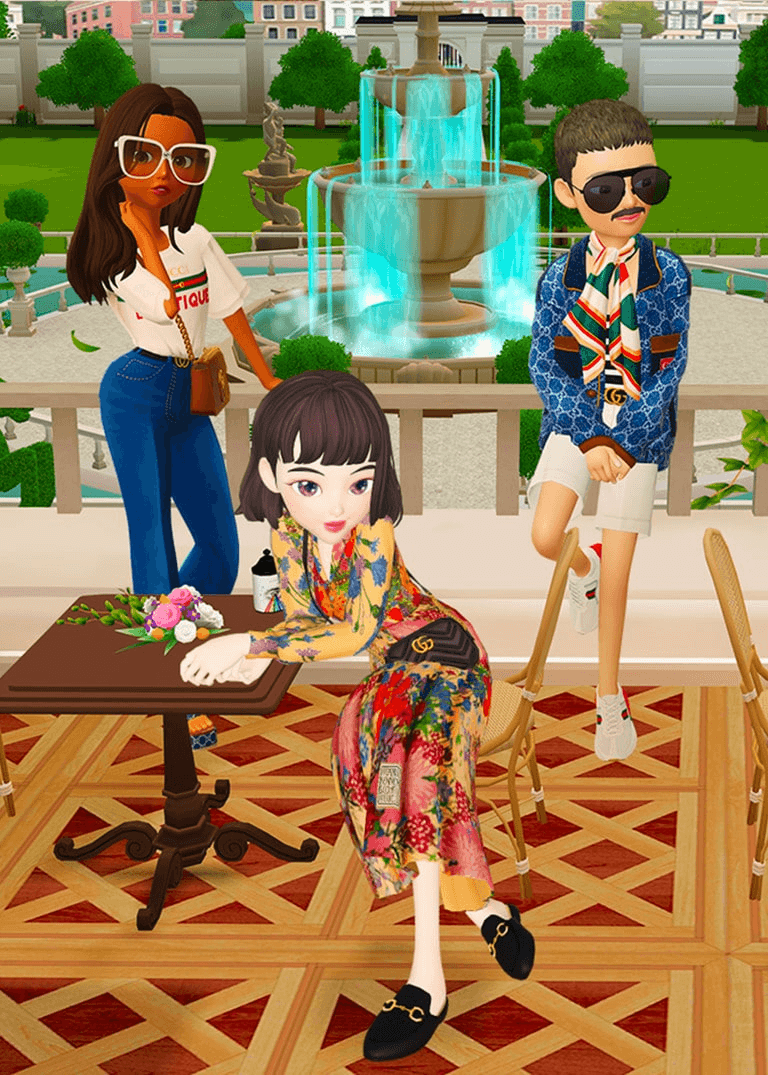
While the hyper-digitization of fashion is new and exciting, there's still more room for development—and no one knows what's next.
Get a free 30-min demo and 1-on-1 consultation.
About Agnes Kubiak
Agnes Kubiak is an expert in fashion trends and product management, with over 25 years of experience working in design, consumer goods, fashion, and lifestyle industries.
Agnes provides consultancy and exclusive trends reports to leading companies in Europe, US, India and China, across industries. She tracks changes that impact our consumption society to translate them into innovative trends, consumers insights and design directions used by leading companies of the lifestyle industry.
You can connect with Agnes here to learn more about her expertise.

Written by Agnes Kubiak
Chief Creative Director at Consult-Trends Agency
As a Creative Director and with her double expertise of Chinese and Global markets, Agnes tracks changes that impact our consumption society to translate them into innovative trends, consumers insights and design directions used by leading companies of the lifestyle industry.
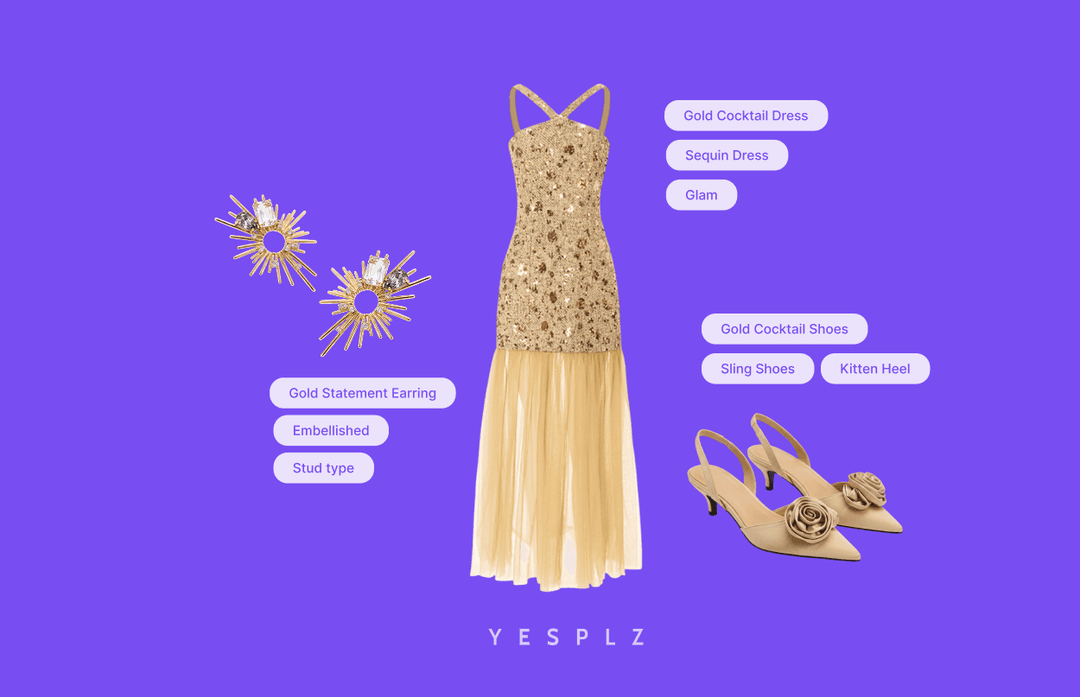
What are product tags used for? It’s a solution to low search CTR, limited filtering, manual collection curations, and more. Discover 6 essential use cases of product tags to transform search, filtering, SEO, and collections to boost sales.
by YesPlz.AI
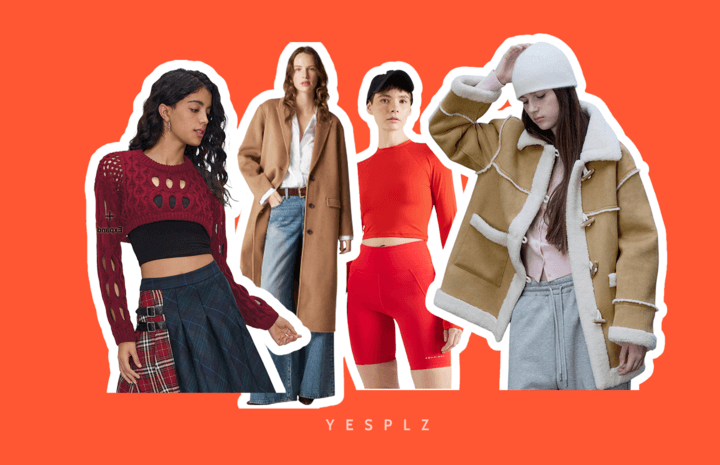
Discover 4 proven fashion recommendation strategies that boost conversions. Learn how About You, J.Crew, W Concept, and Cider drive sales.
by YesPlz.AI